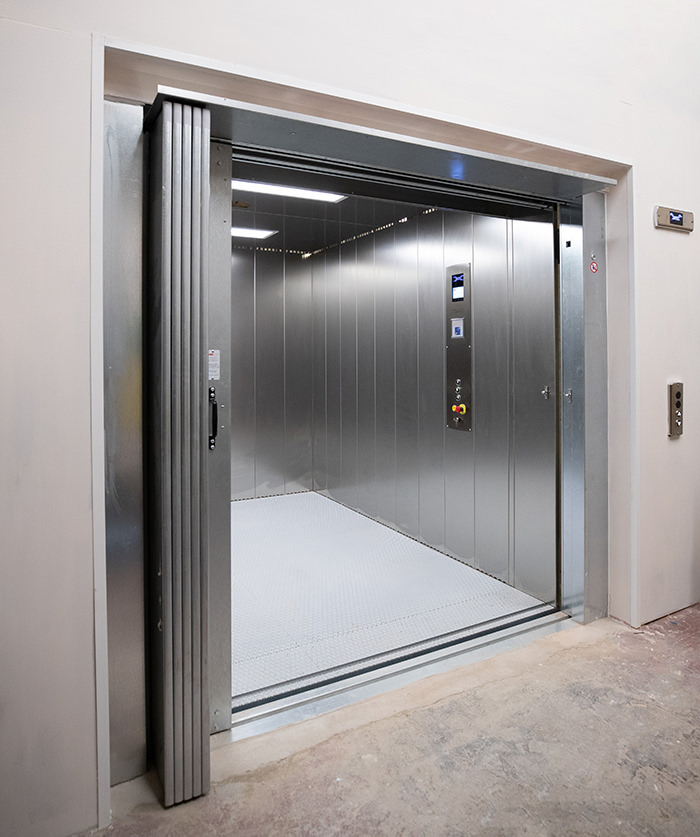We Maintain Lifts with Precision: Ensuring Security and Effectiveness
Exploring the World of Lifts: Common Concerns Dealt With by Various Lift Devices
As we browse with the upright transport systems of modern-day buildings, lifts stick out as an essential part of our every day lives. Nonetheless, behind their seamless operation exists a globe of elaborate systems that can sometimes come across challenges. From hydraulic lifts to grip systems and machine-room-less layouts, each lift type includes its collection of common concerns. Understanding these difficulties is crucial for guaranteeing the smooth performance of these important systems. Allow's discover the complexities that underlie the operation of lifts and the potential issues that can occur, shedding light on the complex internet of lift mechanisms.
Hydraulic Elevators
Hydraulic elevators, commonly preferred for low-rise buildings, use fluid stress to regulate the movement of the elevator automobile (lift repair companies). This device entails a hydraulic pump pressing oil into a cylinder, causing the elevator to relocate the preferred instructions. While hydraulic lifts are recognized for their smooth and quiet operation, they do come with their own set of typical problems
One common issue with hydraulic elevators is oil leakage. In addition, concerns with the control system, such as damaged shutoffs or a malfunctioning pump, can trigger disruptions in the elevator's movement.
Regular upkeep and prompt repairs are necessary to ensure the smooth performance of hydraulic lifts. By dealing with these common concerns proactively, structure owners can minimize downtime and guarantee the safety and performance of their upright transportation system.
Grip Lifts
When considering upright transport systems in buildings, an additional typical kind in addition to hydraulic elevators is the grip lift. Traction elevators run using a system of ropes and weights that move the lift cars and truck by grasping onto the hoist ropes. This device enables smoother and faster upright transportation contrasted to hydraulic systems.
One of the usual problems faced by grip elevators is rope wear. The continuous movement of the ropes within the grip system can lead to damage in time, possibly causing the elevator to breakdown or end up being unsafe for usage. Regular assessments and upkeep of the ropes are vital to ensure the lift's proper performance and safety and security.
One more concern that traction lifts may come across is associated with the control system. Problems with the control system can result in concerns such as erratic motion, hold-ups in feedback times, or perhaps total closures. Regular testing and upkeep of the control system are essential to avoid such problems and make certain the elevator's reliability.
Machine-Room-Less (MRL) Elevators

Among the crucial components of MRL lifts is the small gearless traction equipment that is set up within the hoistway. This device efficiently drives the elevator car without the demand for large equipment located in standard traction lifts. Additionally, MRL elevators usually use a weight system to balance the auto, additional enhancing their power efficiency.
Regardless of their benefits, MRL elevators might encounter difficulties connected to repair and maintenance due to the restricted room for equipment installment. Accessibility for servicing elements within the shaft can be restricted, requiring specialized training for technicians. Appropriate upkeep timetables and regular examinations are vital to make sure the ongoing smooth operation of MRL elevators.
Overloading and Weight Restriction Issues
Overloading and weight limit issues are crucial issues in elevator operations. Elevator producers design lifts with specific weight abilities to make certain traveler security and devices longevity.
When elevators are strained, it places extreme stress on the motor, cables, and other components, potentially causing malfunctions or failures. Security systems such as sensors and overload sensors are in area to protect against lifts from relocating if they detect excess weight. Additionally, exceeding weight limitations can result in enhanced energy consumption and wear and tear on the lift system.
To minimize straining concerns, developing supervisors need to prominently display weight restrictions in lifts and inform residents on the significance of sticking to these limitations - lift repair companies. Normal upkeep checks by certified professionals lift companies in London can additionally assist make certain that lifts are operating within safe weight criteria. By resolving overloading and weight limitation issues proactively, structure proprietors can improve lift safety and performance
Electrical System Failings
Surpassing weight limits in lifts can not just lead to mechanical issues however also potentially add to electric system failures within the lift framework. Electric system failures are an important worry in lift operation, as they can trigger unexpected shutdowns, malfunctions, or also safety and security dangers.
Regular upkeep and evaluations are essential to recognize and attend to potential electrical concerns without delay, making we maintain lifts sure the efficient and secure operation of lift systems. By adhering to weight limitations and conducting routine electric system checks, building proprietors can mitigate the danger of electric failures in lifts.
Conclusion

Hydraulic elevators, frequently favored for low-rise buildings, utilize fluid stress to control the motion of the elevator auto.When thinking about upright transportation systems in structures, one more typical kind aside from hydraulic lifts is the traction lift. Grip elevators run utilizing a system of ropes and weights that move the lift london lift company vehicle by clutching onto the hoist ropes. Unlike conventional lifts that require a separate equipment room to house the tools, MRL elevators integrate many of the components within the shaft, getting rid of the demand for a devoted equipment room.In final thought, lifts face typical concerns such as hydraulic breakdowns, traction system failures, and electric system troubles.